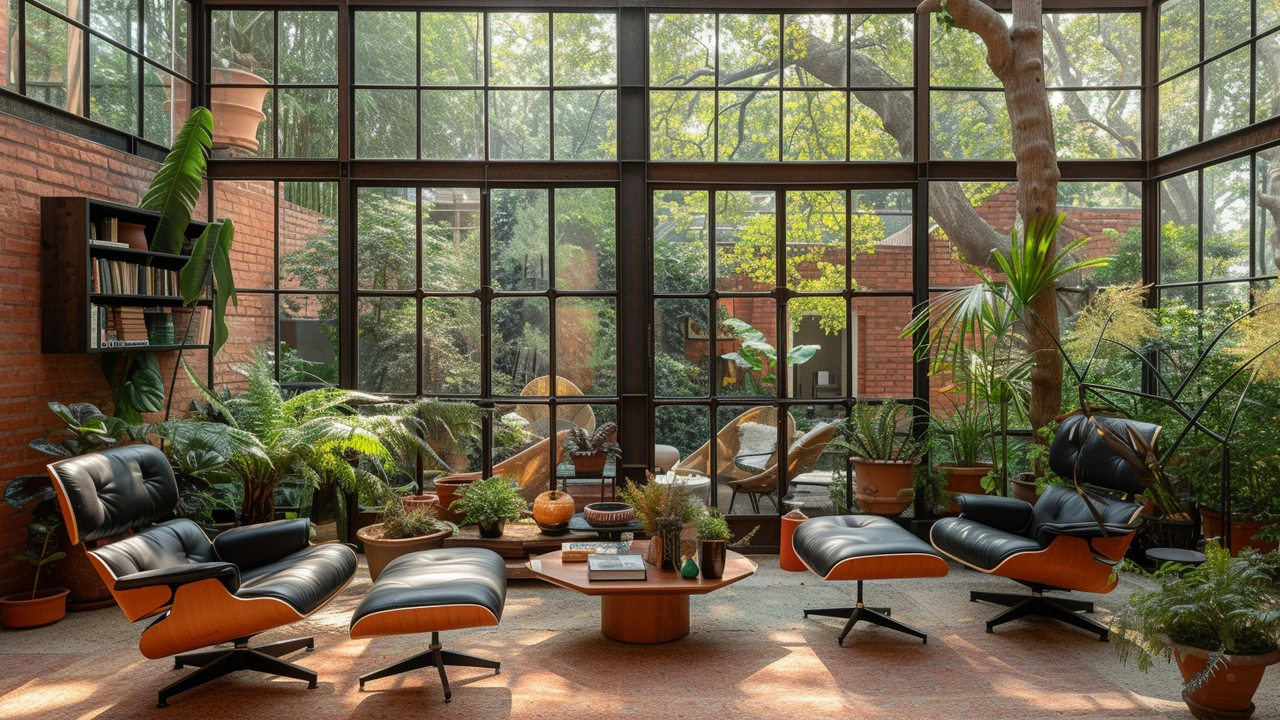Revivalism in Architecture: How Old Styles Come Back to Life
Revivalism means architects borrow from the past and remix it for now. You see it in a courthouse with Greek columns, a house with Gothic windows, or a modern building wrapped in Beaux-Arts details. These styles aren’t museum pieces — they’re tools. Once you know what to look for, you’ll spot revival threads across cities and neighborhoods.
How to Spot Revival Styles
Start with the basics: shape, ornament, and materials. Greek Revival uses big columns and strong symmetry. Gothic Revival shows pointed arches, steep roofs, and fancy tracery. Renaissance Revival leans on balanced façades, rounded arches, and classical decoration. Look for repeated features across windows, doors, and rooflines — those are revival clues, not random decoration.
Context helps. A 19th-century civic building with a grand staircase and sculpted stone likely borrows Beaux-Arts or Baroque ideas. A cozy early-20th-century bungalow with exposed rafters and built-in woodwork points to American Craftsman. When you walk past a building, ask: which older model does this remind me of? That quick question trains your eye fast.
Using Revival Elements Today
You don’t need a full-period rebuild to use revival details. Pick one or two clear elements and make them work with modern needs. Want Greek formality without the fuss? Add a simple portico and symmetrical windows. Love Gothic drama but need light? Use pointed-arch windows or decorative ironwork on a modern glass façade. Small decisions—cornice style, window muntins, door surround—deliver the look without the cost or upkeep of full restoration.
Think practical: match materials for durability, and keep modern codes and insulation in mind. If you’re renovating an older house, preserve structural features (stairs, mouldings) and layer modern systems behind them. For new builds, adapt motifs rather than copy them exactly. Honest reinterpretation often reads fresher than a pastiche.
Preservation matters. Many revival buildings are valued landmarks, so repairs should follow proven methods: use like-for-like materials when possible, document changes, and work with local preservation rules. If a building’s sandstone needs replacing, use compatible stone and traditional mortar mixes. That keeps the character and avoids later damage.
If you want examples, check the Gothic Revival and Greek Revival posts on this tag page for specific buildings and features. You’ll also find deep dives into Renaissance Revival, Beaux-Arts, Byzantine, and Colonial styles that show how revivalism adapts across eras. Read one short article, then take a walk in your city — you’ll notice revival details everywhere.
Revivalism keeps architecture connected to history while allowing new ideas. It’s not about copying the past exactly; it’s about choosing what still works—visually and functionally—and making it work for today.

Revivalism: The Revolution in Modern Aesthetics
Delve into the fascinating world of revivalism, where echoes of the past shape our modern aesthetics. Discover how this artistic movement is reshaping design trends, blending history with contemporary flair. Whether it's architecture or interior design, revivalism offers a fresh perspective by reimagining historical styles. Learn practical tips to incorporate revivalist elements into your living space. This journey into aesthetics reveals how revisiting history can redefine modern living.
Read more
Unleashing the Power and Potential of Revivalism for Cultural Growth
Revivalism represents an impactful phenomenon in history that has stirred cultural, social, and even political landscapes. This article explores the essence of revivalism, its impressive power, and potential in shaping societies. From past movements to their contemporary relevance, discover how revivals rekindle spirits and inspire change in today's world.
Read more
Revivalism Reborn: Embracing Tradition in Modern Society
In the heart of modern society's relentless pursuit of progress lies a growing movement towards rediscovering and rejuvenating ancient traditions. Revivalism, as it's known, is not about living in the past but rather bringing the wisdom, principles, and practices of our ancestors into contemporary relevance. Through the lens of cultural sustainability, this article delves deep into the phenomenon of revivalism, exploring how old traditions are being reinterpreted and adapted to fit today's world. It provides insights into the motivations behind this movement, its implications for cultural identity, and practical ways individuals and communities are making these ancient practices part of their modern lives.
Read more
Revivalism: The Future of Interior Design
Hey, I'm really excited to share some insights on a new phenomenon trending in the world of interior design: Revivalism. It's a unique blend of bringing the past to life in contemporary spaces, acting as a portal between the old and the new. This is more than just a simple trend, I believe it's the future of interior design. Tune into this post for some first-hand advice and predictions on this emerging trend. Let's journey together into the future of home decor, shaped vibrantly by the captivating charm of the past.
Read more